A Shift from a Project-Centric Operating Model to a Product-Centric Operating Model
|
Listen on the go!
|
“Good companies manage Engineering. Great companies manage Product.” – Thomas Schranz, CEO and Product at Blossom
Over the past few decades, traditional approaches to software development have transformed from conventional waterfall methodologies to agile, which enabled development teams to focus on the most viable products (MVP) for early-stage demos with customers. Early feedback made the team product market fit and improved client satisfaction.
With a faster time to market, digital enterprises have a competitive advantage. However, Delivery@Speed is very successful with agile, where there is a product backlog defined and the same is groomed continuously, and it is a successful model for a project-centric approach with continuous project delivery.
In the current VUCA world, industry is very uncertain and changing overnight with geopolitical changes such as the recent Russian war against Ukraine, which has disturbed the entire world economy with crises, inflation, and a significant impact on the fundamental commodities and product markets.
There is a change needed in the approach to meet the market@speed and growing requirements of customers, where changes are needed overnight, feeding from product roadmap to product backlog, which is continuous and is in high demand.
Projects are not enabled to change or accommodate current changing trends or needs of markets with value alignment. My effort in this text is focused on a need for A shift from a Project-Centric Agile way of working to a Product-Centric Operating model.
The Product Centric Agile way of working is a new operating model that enables agility in strategic planning, budgeting, capacity and demand management, and governance.
The product-centric way of working embraces a top-down approach to product development and focuses on value alignment with customers to drive innovation and product development.
Let’s see what market reports research studies on the need for a product-centric approach state. “The-2022-State-of-Product-Management-Report-by-ProductPlan” clearly states that product-led growth has the most significant impact on customer acquisition, with 40% of respondents saying product experience has the highest impact on customer acquisition with current changing markets and expertise.
The same report also highlighted the key challenges faced by product managers, with the topmost challenge being “planning and prioritizing initiatives.” This report also brought to light the critical actions taken to address these challenges, some of them including:
- Product team becoming more involved in other parts of the business customer acquisition,
- Changing the way of working within the business
A Gartner survey has found that 85% of organizations now favor a product-centric application delivery model. “The increase in how quickly and broadly organizations adopt the product-centric application model doesn’t arise randomly. It goes hand-in-hand with adopting agile development methodologies and DevOps”, said Bill Swanton, distinguished research vice president at Gartner. “In addition, an increasing number of applications that IT teams develop are used by external parties, such as clients or partners, and require the increased customer focus that characterizes the product-centric model.”
The above insights have called out that a product-centric approach is the need of the hour, and the faster digital enterprises adopt this approach, the more they will reap the benefits of accelerating ROI and value alignment.
Embracing a Product-Centric Operating Model
A product-centric way of working is primarily connecting the top down (i.e., strategy) and integration into all other supporting functions and operations with a focus on delivering value for customers and value alignment across the teams in the organization, wherein product managers’ role becomes vital in the product-centric organization, and it is more about value delivery than the product itself.
2022 Product Management Survey says 55% of enterprises use a mixture of Agile and waterfall development approaches for developing products, and 32% said that they have Product Owners (PO) working with agile development.
If the question is, how different is the project-centric operating model? Here are some characteristics.
| Project Centric Operating Model | Product Centric Operating Model |
| The scope is agreed upon in advance | Value Delivery is determined based on the feedback |
| Have set start and end dates | Focus on the value system and value stream. |
| Focus on feature delivery. | Focus on delivering business outcomes. |
| Agile Mindset | Agile + Product Mindset |
| Project-based funding | Product specific funding |
| Focus on delivering the plan. | Focus on delighting the customer. |
A product-centric operating model must take an integrated approach to critical tenets such as customer-centricity, product-based project delivery, and development and enable a culture of continuous improvement and innovation. We recommend considering the following essential principles for embracing a product-centric operating model.
Cigniti has an in-house maturity framework for measuring maturity for the fundamental tenets that assist enterprises in assessing their current state and enabling them to build a target product-centric operating model.
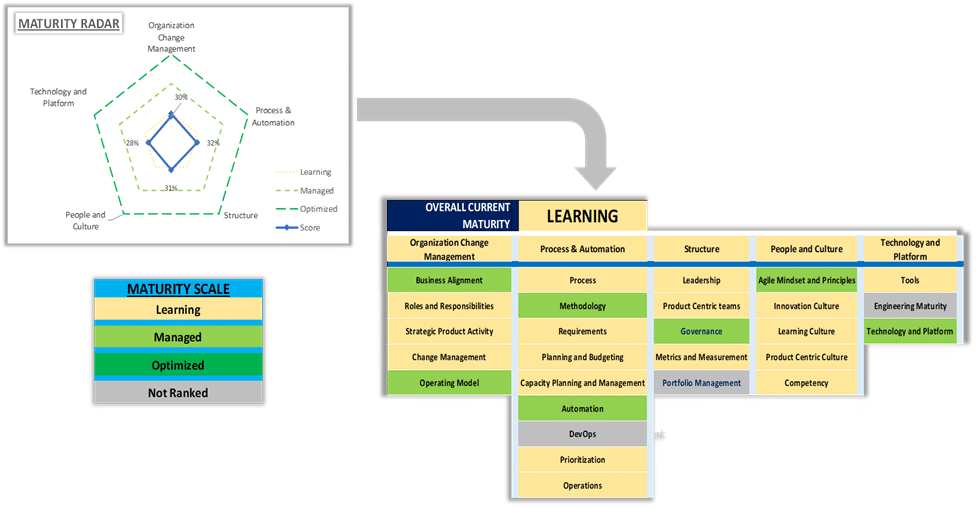
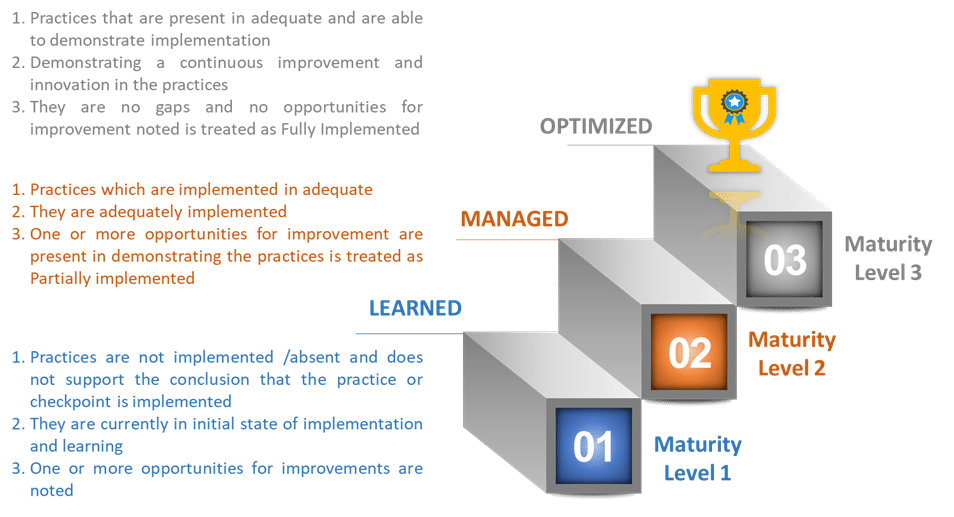
 Conclusion:
Conclusion:
The effort here is to understand the need for a Shift of the operating model, and indeed, that raises our next question in today’s way of working: Who does what between the Product Owner (PO) and the Product Manager (ProdM)? Marty Cagan describes the job of the product manager as “to discover a valuable, usable and feasible product,” an intersection between business, technology, and user experience.
We need to dive deep and understand more about these roles to establish RACI effectively and enable an effective target operating model focusing on effective governance, Continuous improvement, and innovation culture.
Need help? Contact our Digital Engineering team of experts to learn more about a shift from a project-centric to a product-centric operating model.

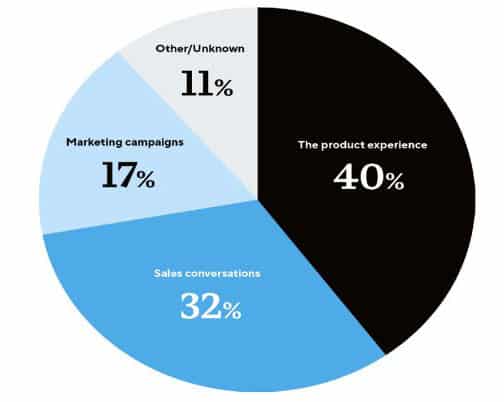
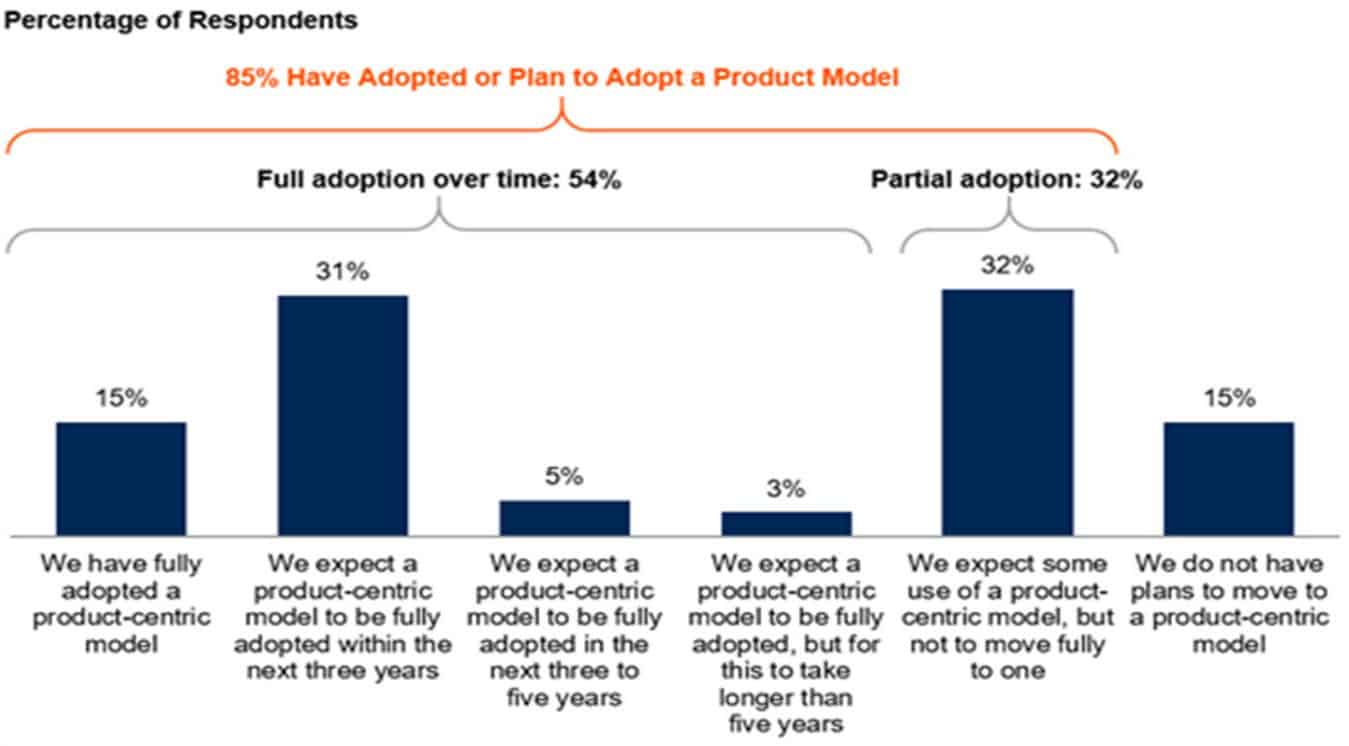
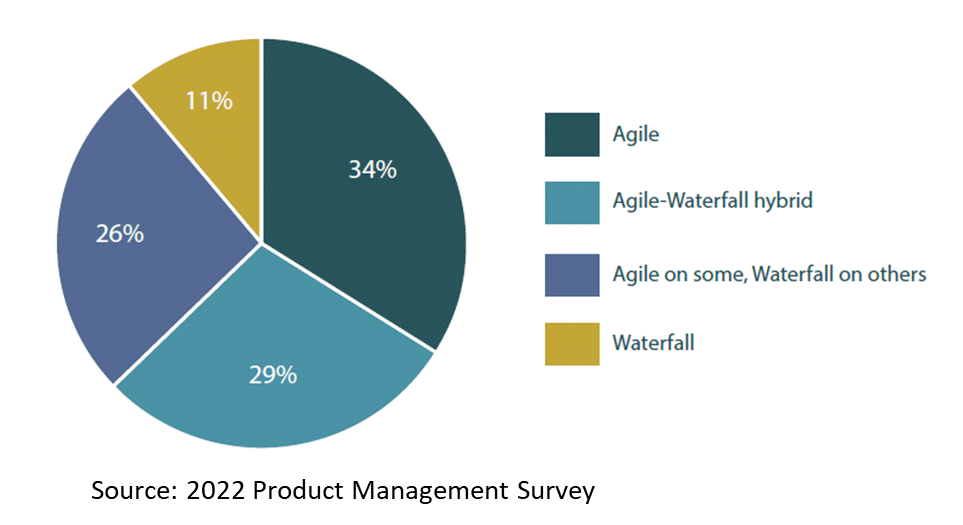
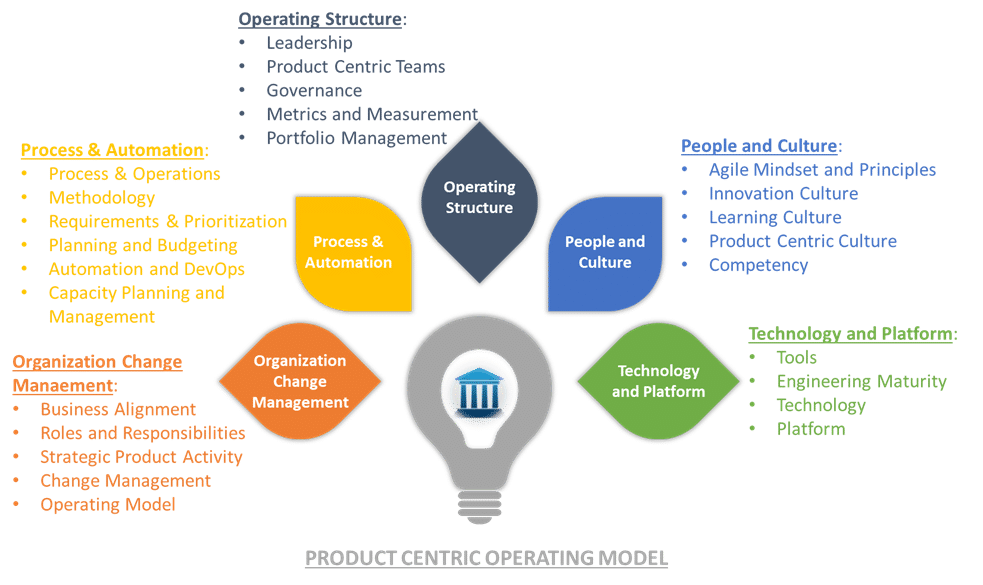
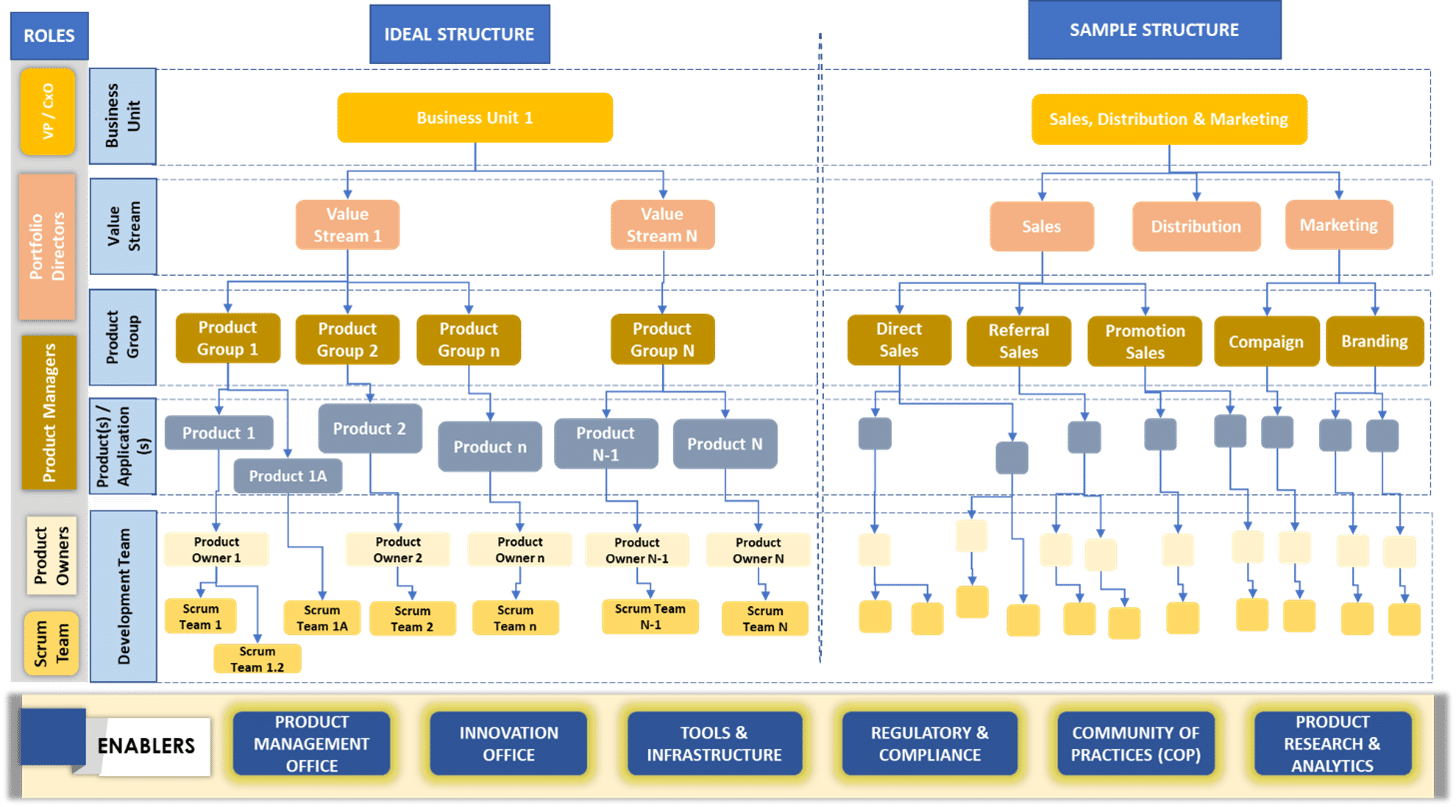 Conclusion:
Conclusion:
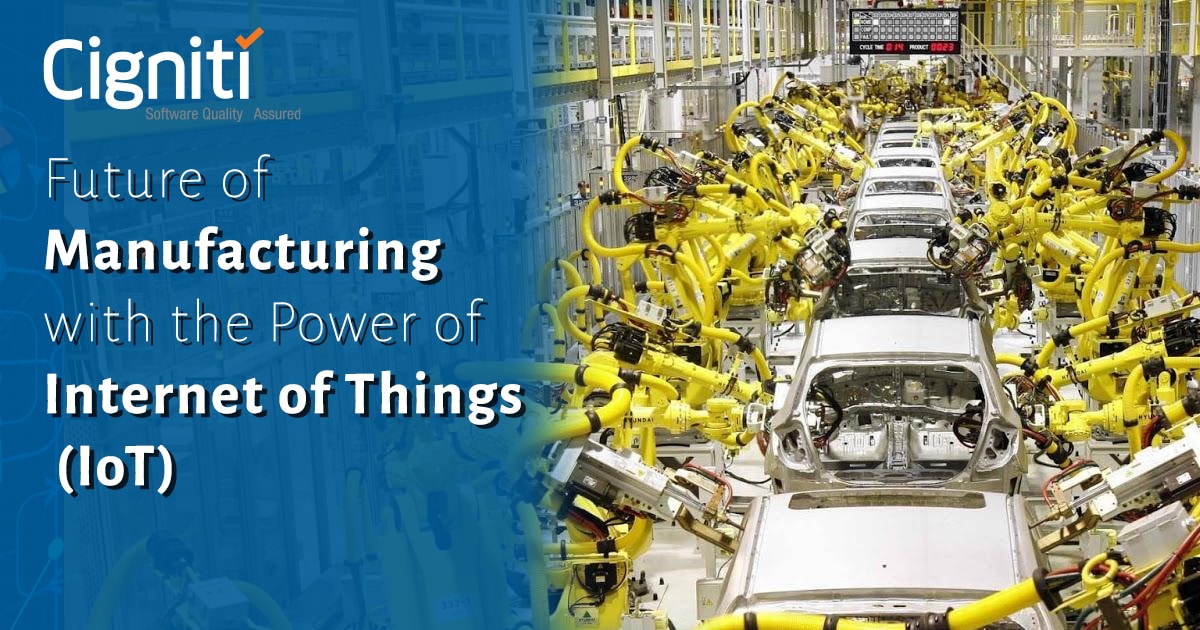
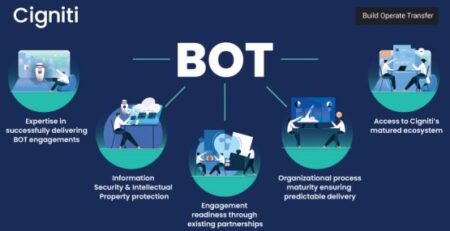
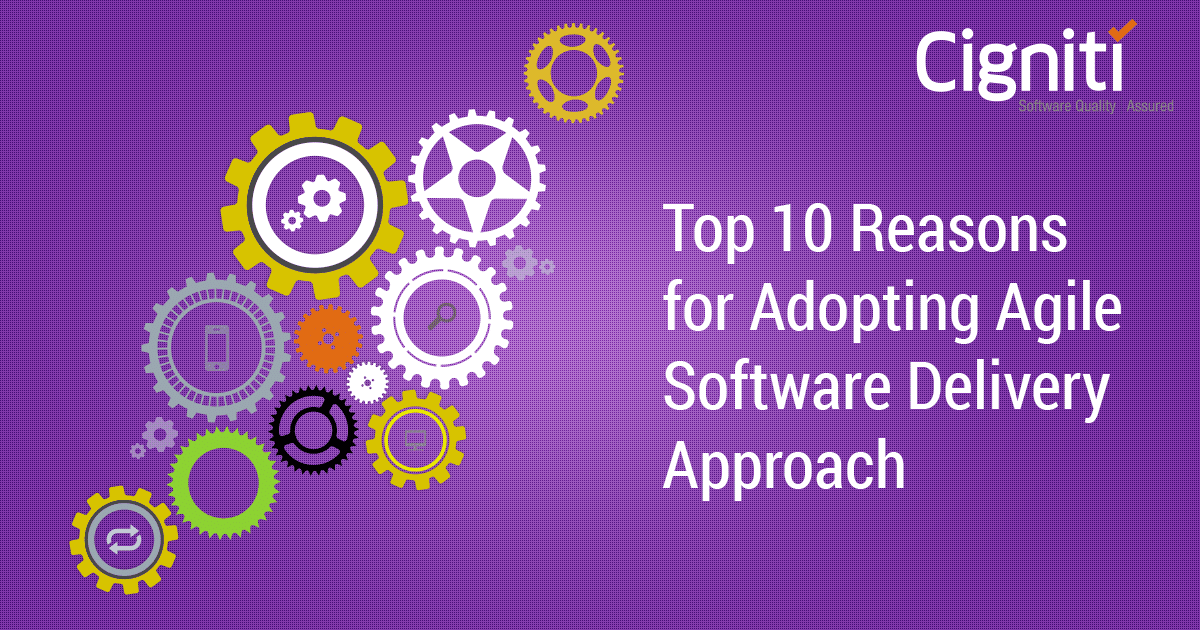
Leave a Reply